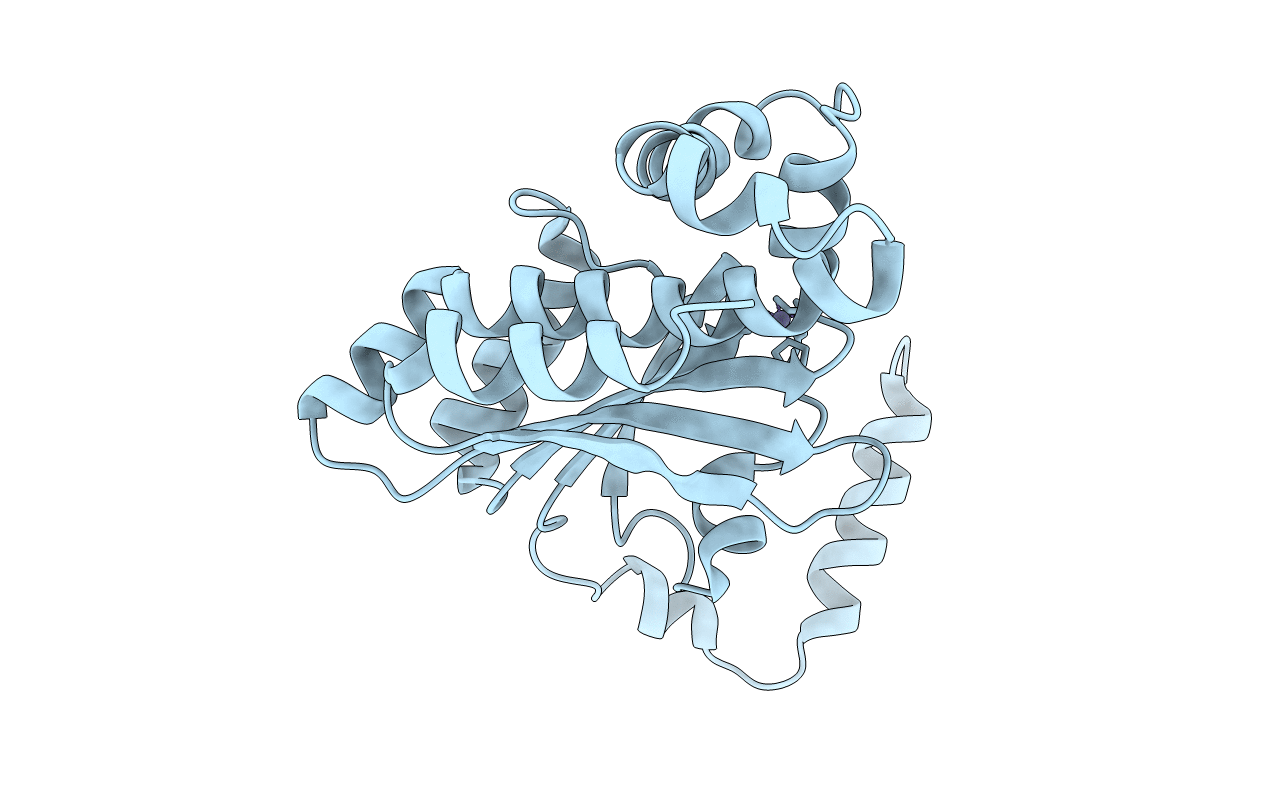
Deposition Date
2020-04-06
Release Date
2020-06-10
Last Version Date
2024-01-24
Entry Detail
PDB ID:
6YL7
Keywords:
Title:
Crystal structure of beta carbonic anhydrase from the pathogenic bacterium Burkholderia pseudomallei
Biological Source:
Source Organism:
Burkholderia pseudomallei (Taxon ID: 28450)
Host Organism:
Method Details:
Experimental Method:
Resolution:
3.17 Å
R-Value Free:
0.29
R-Value Work:
0.19
R-Value Observed:
0.19
Space Group:
P 64 2 2


